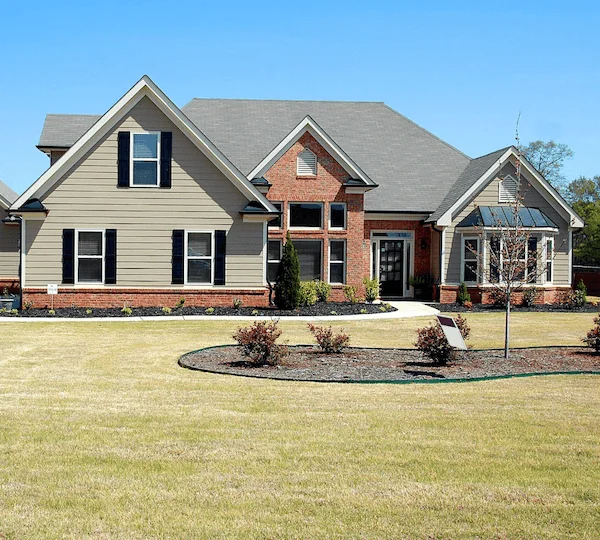 When it comes to home financing, a diverse array of loan types awaits homeowners. Among them is the bridge loan, a distinctive option with its own set of advantages and drawbacks.
When it comes to home financing, a diverse array of loan types awaits homeowners. Among them is the bridge loan, a distinctive option with its own set of advantages and drawbacks.
Let's discuss the nuances of bridge loans, find out how they work, their benefits and disadvantages, and some alternatives to bridge loans.
What is a Bridge Loan?
A bridge loan is a short-term solution, often used to bridge the financial gap between purchasing a new home and selling your current one. This type of loan comes into play when the need to buy arises before the sale of your old property is finalized.
Navigating the Mechanics of Bridge Loans
Due to the higher risk involved, bridge loans come with more stringent requirements than other mortgage loans due to their higher interest rates and swift repayment schedules. Meeting eligibility criteria may entail a higher credit score and a lower debt-to-income (DTI) ratio.
Once you secure qualification, you can acquire a bridge loan and employ it to purchase a new home or handle payments while retaining ownership of two properties until your old one is sold. It's important to note that bridge loans require swifter repayment than most home loans, often requiring settlement within 6 to 12 months following the loan initiation.
Weighing the Pros and Cons
Bridge loans are only suited for some situations. Let's review some pros and cons to help determine whether you should consider a bridge loan.
The Upsides:
- More Money Right Now: When you're in the middle of buying and selling, your cash might be tied up. A bridge loan gives you extra money to handle down payments or closing costs.
- Faster Cash: Compared to other home loans, bridge loans can get you money more quickly when needed.
- No Wait Needed: With a bridge loan, you don't have to sell your old home before buying a new one. No waiting around!
The Downsides:
- Higher Costs: Bridge loans usually have higher interest rates and APR than regular loans. That can mean more money out of your pocket.
- Still Need Some Cash: You might need to have 20% of your current home's value and be able to pay a down payment.
- Tougher Rules: It may be more challenging to qualify for this type of home loan than others.
- Less Choices for the Future: Using a bridge loan might limit your options. Some lenders may offer a bridge loan if you use them for your new mortgage.
Exploring Alternatives to Bridge Loans
Given the potential drawbacks of bridge loans, alternative financing options warrant consideration. Here are a few alternatives designed to offer more flexibility and potentially lower rates:
Home Equity Loans: Leveraging the equity in your current home through a lump sum payment can provide financial support for purchasing a new property before selling your existing one.
HELOC (Home Equity Line of Credit): With lower interest rates, a HELOC allows you to borrow against your home's equity, providing a more flexible line of credit.
Personal Loan: Although not recommended, a personal loan can work, though collateral might still be required.
Remember that consulting with a trusted mortgage professional is the best approach for determining which loan works for your unique situation. Compare your mortgage options today to begin your homeownership journey fully informed and prepared.